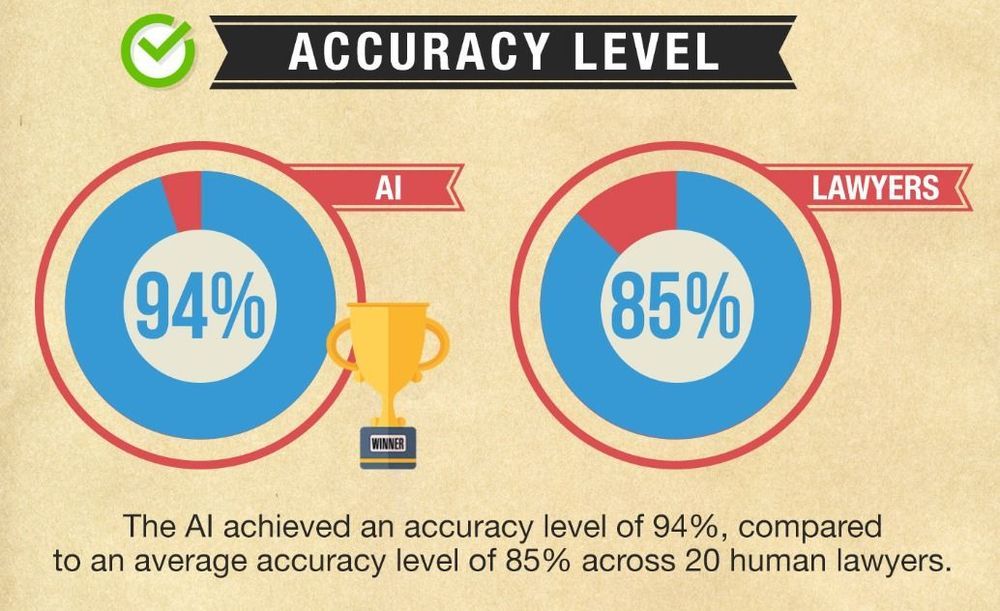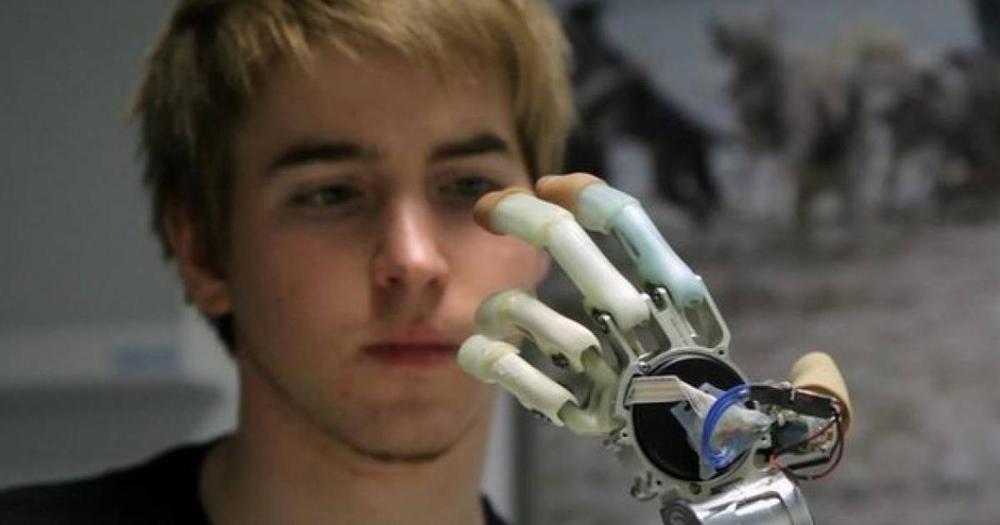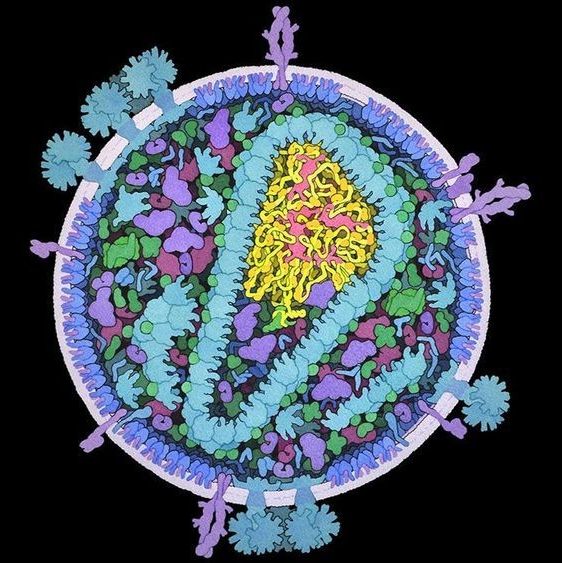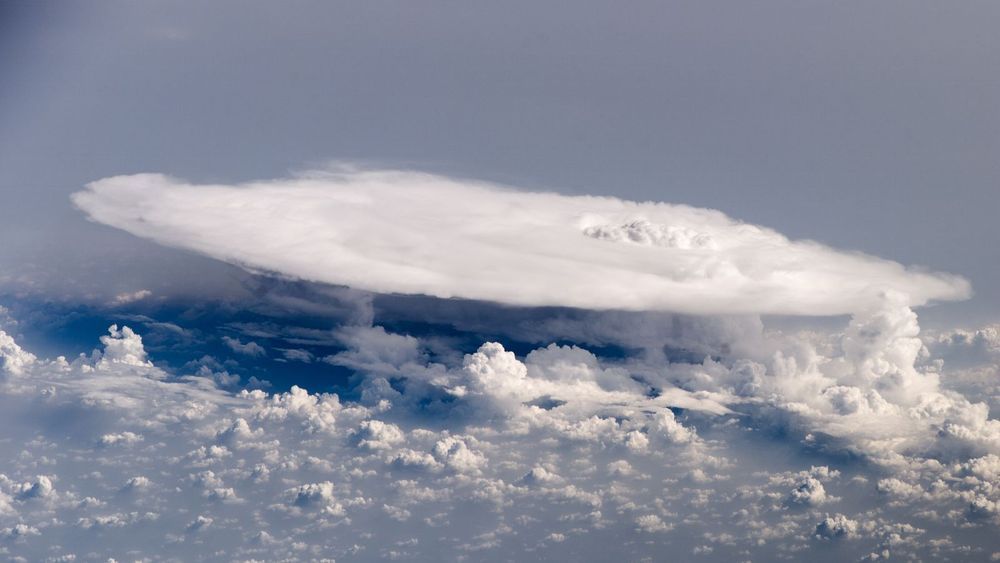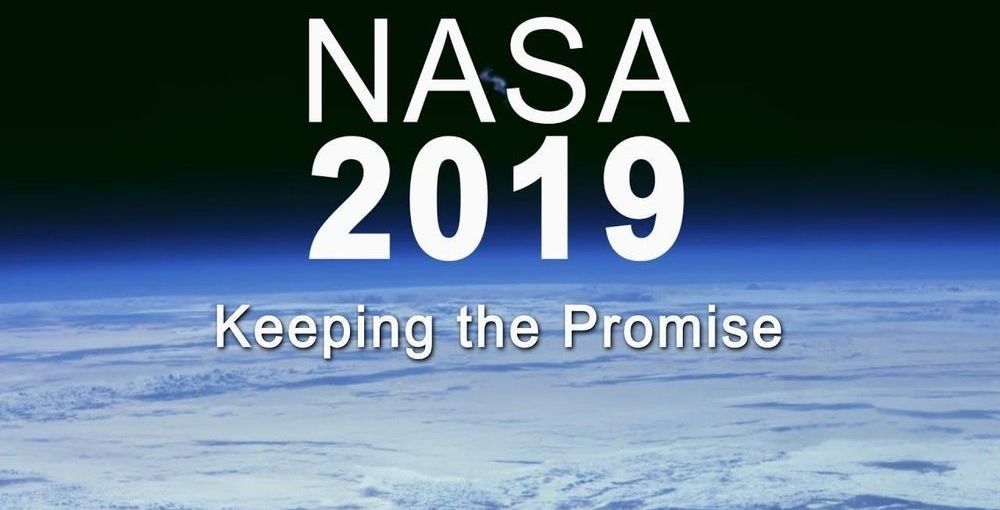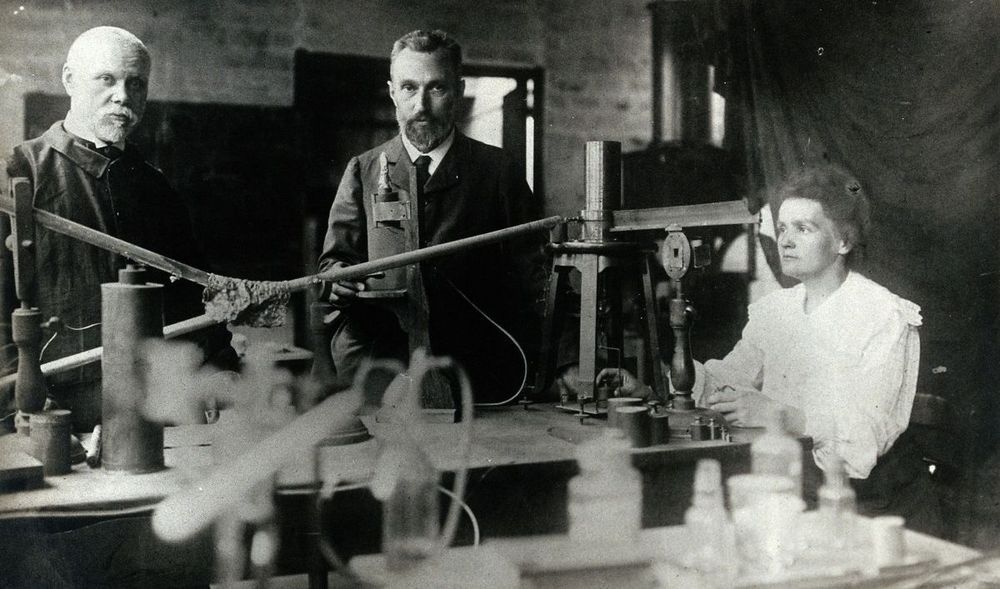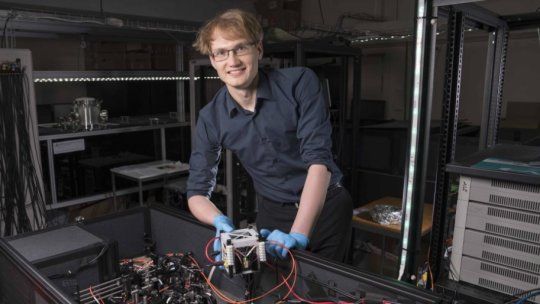It was 100 times faster on a routine task.
In a recent study, LawGeex, a legal tech startup, challenged a group of 20 experienced lawyers to test their skills and knowledge against its AI-powered algorithm.
A legal battle
The group included associates and inhouse lawyers from global firms such as Goldman Sachs, Cisco and Alston & Bird, as well as general counsel and sole practitioners.
